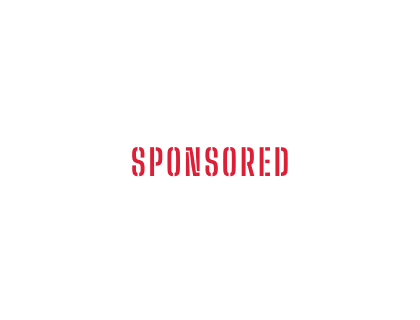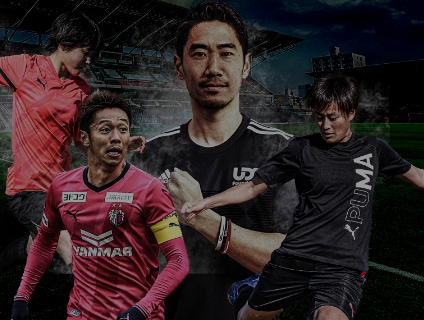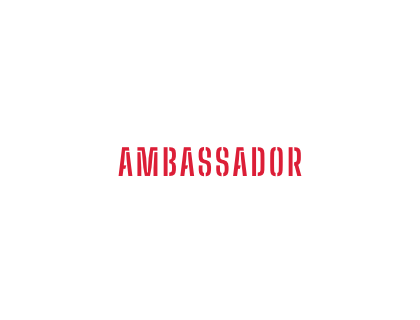
Yusuke Maruhashi’s

“I’ve Been Part of Cerezo for a Long Time. I Want a J. League Title More than Anything”
Eldest Academy Alumni Yusuke Maruhashi’s Feelings on the Club
I went to see a match in elementary school
“I liked it since I was little, so I am extremely happy and proud to be able to stay here as a pro.” Maruhashi joined the U-15 team in 2003. He was promoted to the top team in the J2 days, has experienced both J1 and J2, and was also present for the club’s first cup title. A lot has happened, and he says, “I grow to love Cerezo more and more every day.”
At age 32, this is his 14th year as a pro. His speech is by no means eloquent, but is filled with deep feelings toward the club.
Yusuke Maruhashi
 Cerezo Osaka
Cerezo Osaka
Born September 2, 1990. From Osaka. 178 cm / 73 kg. Osaka City Jeunesse FC → Cerezo Osaka U-15 → Cerezo Osaka U-18 → Promoted to top team in 2009. His first J1 League game was the 8th Sec. match against Nagoya in April 2010. He is an athletic left-back with a highly precise left-foot kick. He has played in 311 J1 League games with 18 goals, and 79 J2 League games with 1 goal.
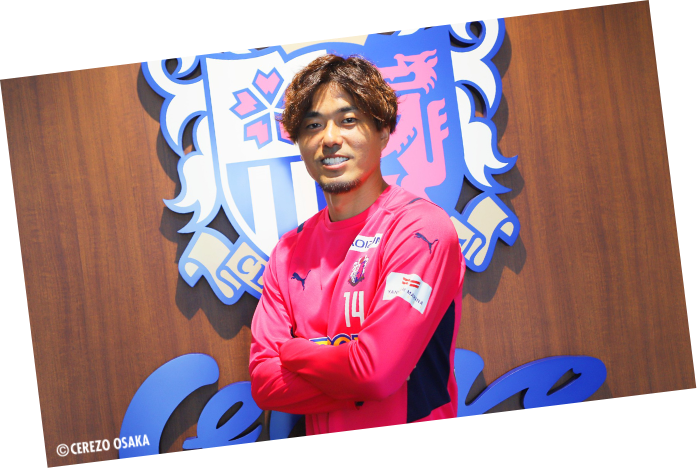
- You’ve been with Cerezo Osaka Academy since junior high school. Why did you choose it?
- One of my teammates in elementary school told me that tryouts were being held and invited me to go. That was when Akinori Nishizawa and Yoshito Okubo were playing, and I had been to see them in matches and naturally liked them, so if I was going to go into J. League I wanted it to be with Cerezo.
- You passed tryouts and joined Cerezo Osaka U-15. What was your impression at the time?
- Everyone was so good. At first, it took everything I had to keep up. But I improved naturally as I played with skilled players. I wanted to be the best out of everyone, and my desire to go pro increased every year.
- Ultimately, you and Hotaru Yamaguchi were the only two players promoted to the top team.
- Yes. I think I worked really hard (laughs).
- What do you think it was that got you there?
- That’s a good question. I think it was a combination of feeling strongly that I didn’t want to lose to others who played the same position, and doing my best to come up my own methods of self-training. I used my left-foot kick [which is my strength] a lot. I did this even outside of practice, I think more than anyone else. I felt like my left-foot kick was superior to anyone else at the academy.
- Sharpening your weapons is important.
- But the kids at the academy now can kick with their left feet. In my time, it was rare. Everyone used their dominant foot. The kids today are amazing. They’re extremely talented. If I had come up during this time, I might not have gone pro. Now that Mr. Kazama [Yahiro Kazama, the academy’s Technical Committee Chairman] has come, they are getting even better at “stopping” and “kicking.” Sota Kitano, Nelson Ishiwatari, and everyone else is so, so good.
- What do you remember most about your academy days?
- What I remember most is definitely the J. Youth Cup Finals against Gamba Osaka when I was in my 3rd year in high school*. We initially scored two goals, but then they made a comeback and we came in second. It was 2-0, so we let our guard down, thinking we had it in the bag. It still makes me feel extremely frustrated.
- *December 27, 2008, Cerezo Osaka U-18 vs. Gamba Osaka Youth, 2-4
- Both teams had high-level players in that game.
- Takashi Usami was one of the strongest among them. I was stunned by the quality of his game. We [Cerezo] had Takahiro Ogihara, Ryo Nagai, Kenyu Sugimoto, Jun Ichimori, and Ryosuke Tada. There were a lot of players that went pro.
- Yoichiro Kakitani was also at the academy then, but he was already exceptional and hardly ever practiced with the youth anymore. He made it to the top in no time.
- What do you think is the best thing about Cerezo Osaka Academy?
- I think it was an environment that let us play in a free and easy way, in a good way. I was blessed with good friends my own age, and I had a really great time. Of course, there was a lot of running practice, but we were all good runners. There were a few funny kids as well, who would make us laugh or loudly cheer us on while we were running.
When my injury heals, I want to play better than ever before
Maruhashi is aware that he is the oldest academy alumni on the team. He says, “When I look around me, everyone is at least 5 years younger than me, so I have to be at my best.” He underwent surgery in June to alleviate the pain he has been carrying this season. He is now in the middle of a six-month recovery, in what can be called his first long-term break from the sport since going pro.

- What do you want to show or leave behind for your juniors at the academy?
- I’m nothing to show, really (laughs).
- Don’t be modest, you’re one of a kind! You seized the opportunity to compete in your second year as a pro, and have played in over 300 J1 games since. You had surgery for an injury to the cartilage of your left knee this season, but you were consistently competing before then. Is there anything specific you have done to stay competing?
- I would steal or copy the playing styles of others in the same position. Some examples at the time were Naoya Ishigami and Hiroyuki Omata. Also Noriyuki Sakemoto, although he was a right-back. Sakemoto was aggressive and had a similar playing style, so I watched his playing carefully and copied the plays that I could during practice. This helped me broaden my range of play. The same goes for Ryosuke Yamanaka who plays now.
- I watch his good plays and try out the ones I think I can do in practice. I think young players should do a lot of that.
- You’re in rehab right now. How is your recovery going?
- I think it’s going well. I don’t think I’ll be able to play this year, so I want to heal thoroughly so I can play well next year. I’m hoping to come back at the start of the season. I had been playing with pain [in my knee since last year]. I was taking painkillers, but near the end, I was feeling a bit too weak even with tape and painkillers, so I decided to get surgery.
- The team is doing well this season. How does it look to you?
- It’s very strong. Everyone is running through the whole 90 minutes, with substitutes also playing an active role. There have also been a lot of winning goals in the final minutes, so I’m sure our opponents don’t like us. I think [Coach Akio Kogiku’s football] is becoming much more prevalent. I left in the middle of the season, but since the summer, they’ve been playing more of the football they want to play, they don’t lose, and they have become a good team.
- From the outside looking in, are there any players you think have improved?
- Hiroaki Okuno is constantly improving. He’s getting better, and getting to be bad news for his opponents. He’s also good at defense, and receives fouls well. He runs a lot and is everywhere. It’s increasing every year. I think he’s such a key player right now that if he were to leave, the team would change completely.
- Kakeru Funaki, your junior at the academy who plays the same position as you, returned from his training loan to SC Sagamihara this season, and has had more and more opportunities to compete.
- Since returning, he’s been stronger mentally, and he’s been scoring goals in games. He’s also playing as a center-back. I think he’s grown in his time away.
- Are you feeling more and more strongly about the pitch?
- From the outside looking in, they are playing extremely well, so I do worry about whether I’ll be able to fit into that. But I’m confident that when my injury heals, I’ll be able to play better than ever, so I’m excited about it.
- You want to come back more powerful than before?
- If I can. I'm working a little harder now to make that happen. I’ll be in trouble if I don’t power up (laughs). I’ve started to run a bit recently, so my load has increased, and I think it’s going well.
- I’m looking forward to your return. What is your driving force for getting back into the game?
- I’ve been part of Cerezo for a long time, so I want to get a [J. League] title. That’s the only thing pushing me forward. I also want to be a good role model for my kids, so those two things. It would be amazing if we could get a J. League title. I want to play in the game when we get it. If I can be even greedier, I want to get an ACL title. I’ve got a long way to go before I can retire (laughs).

Cerezo Osaka, the power of the academy
 for the future
for the future
Cerezo Osaka Academy aims to develop world-class player. From Cerezo Osaka to the world.
"We want many beautiful flowers to bloom in the future."
We approach the driving force for such a future.
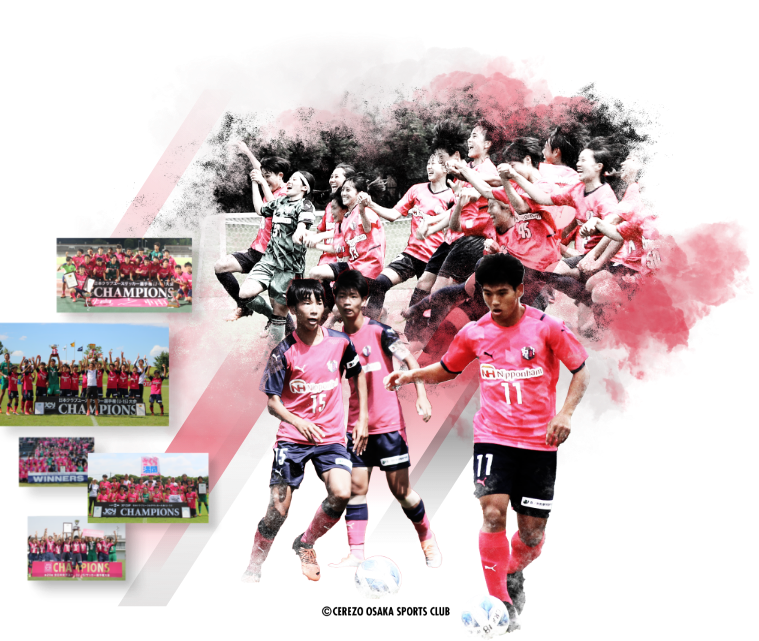

Athlete's

Why do top athletes keep challenging?
We approach the driving force of top athletes who continue to challenge.
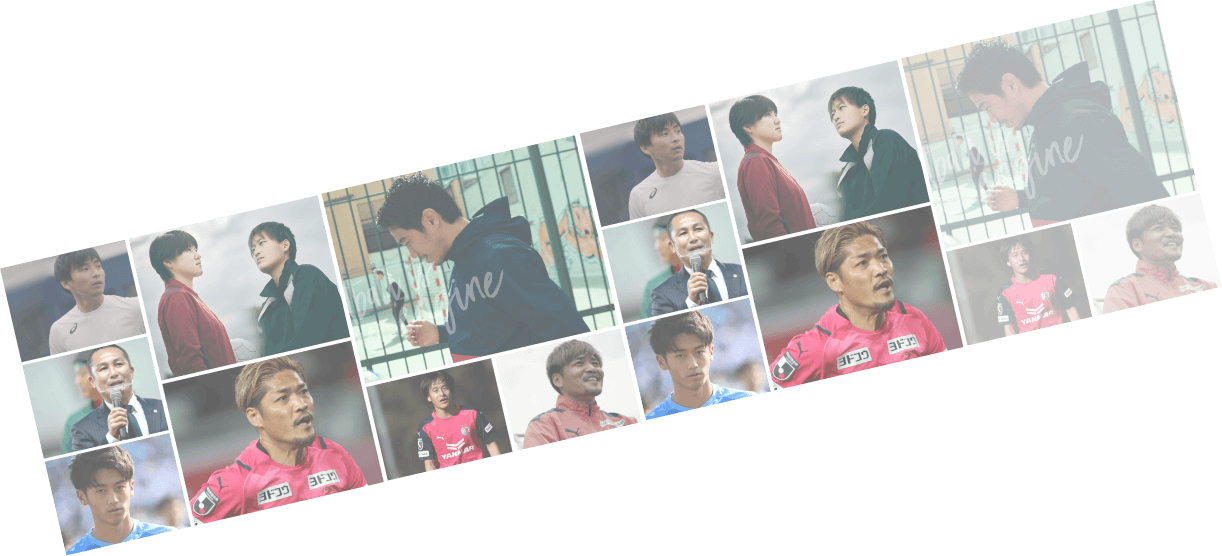

 Agriculture
Agriculture
 Tractor
Tractor
 Solis Tractor
Solis Tractor
 Combine harvester
Combine harvester
 Rice transplanter
Rice transplanter
 Tiller
Tiller
 Agricultural Utility Equipment
Agricultural Utility Equipment
 Recreational Marine
Recreational Marine
 Marine Commercial
Marine Commercial
 Compact Equipment
Compact Equipment
 Excavator
Excavator
 Industrial Engine
Industrial Engine
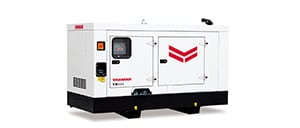 Compact Power Products
Compact Power Products
 Energy Systems
Energy Systems
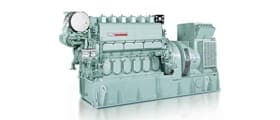 Power Generation
Power Generation




